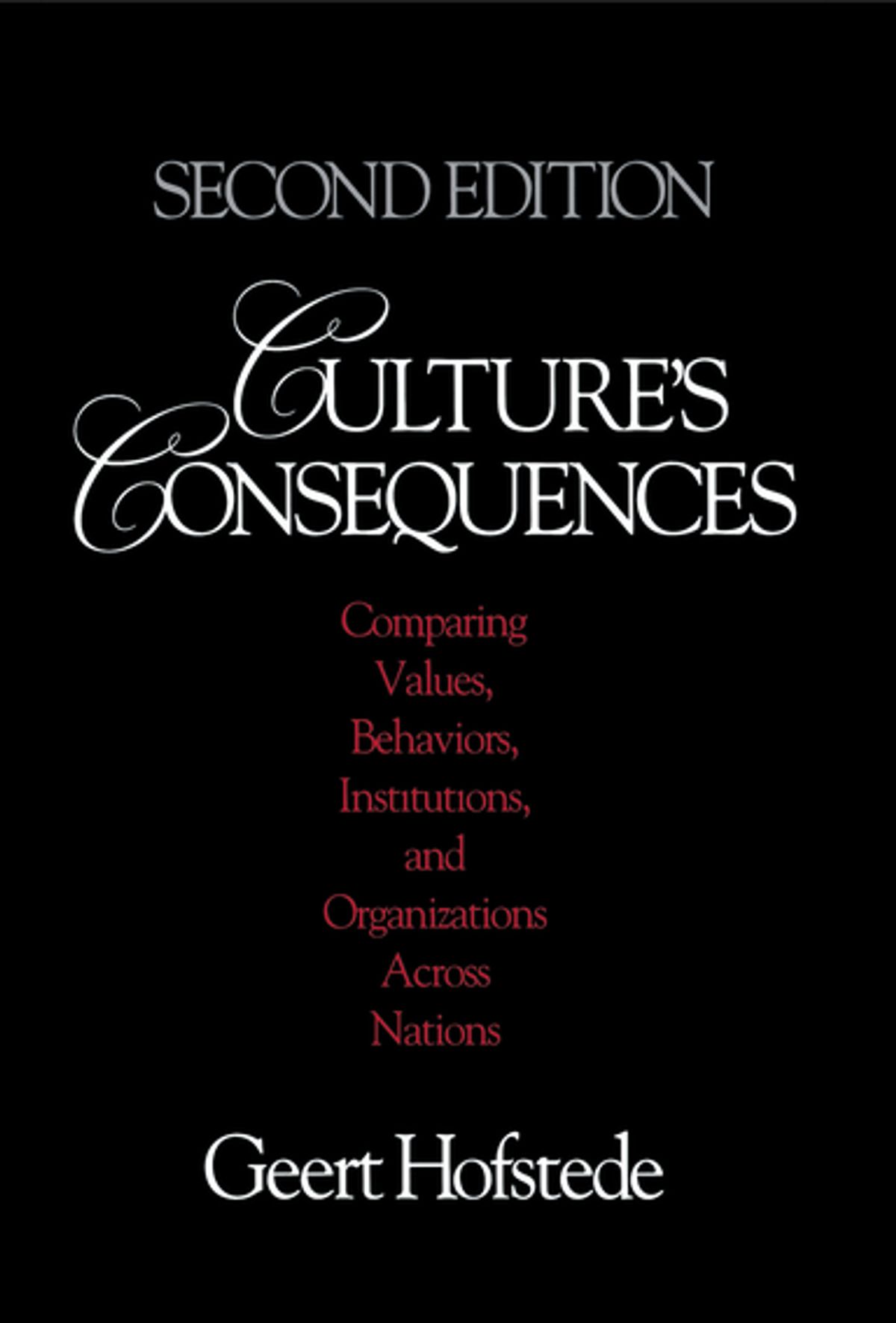Product desciption
Cultures Consequences Comparing Values Behaviorsinstitutions And Organizations Across Nations 2nd Edition Geert Hofstede by Geert Hofstede instant download after payment.
This book explores the differences in thinking and social action that existamongmembers of
more than50 modern nations.It arguesthatpeople carry “mental programs” that are developed
in the family in early childhood and reinforced in schools and organizations, and that these
mental programs containacomponent of national culture.Theyaremost clearly expressed in
the different values that predominate among people from different countries.
Chapter 1describesthe majortheoreticalissues in the studyofcultures,inparticular at the
country level.Cross-cultural studies proliferate in all the social sciences, butthey usually lack
atheory of the key variable, culture itself.Namesof countriesareusually treated as residues of
undefined variance in the phenomena found.This volume aimsatbeing specific about the elements of which culture is composed.It identifies five main dimensions along which dominant
valuesystems in the more than 50 countries can be ordered and that affecthumanthinking,
feeling,and acting,as wellasorganizations and institutions, in predictable ways.
Chapter 2 providesamethodological justification, showing how the initial data used for the
empiricalpartofthe researchwereextractedfrom an existingdatabase.This databasecompiledpaper-and-pencil surveyresultscollectedwithinsubsidiaries of one large multinational
business organization(IBM)in 72 countries and covering,among others, many questions
aboutvalues.The survey was conducted twice,around 1968 and around 1972,producing atotalof morethan 116,000questionnaires;respondentscould be matchedby occupation,age,
and gender.Later on, additional data were collected from other populations,unrelated toIBM
but matched across countries.At first four and later five main dimensions on whichcountry
cultures differ were revealed through theoretical reasoning and statistical analysis;they reflect
basic problemsthatany society has to cope with but for which solutions differ.
Chapters 3 through 7 describe the five dimensions:
•Powerdistance(Chapter 3)is the extent to which the less powerful membersoforganizations and institutions accept and expect that power is distributed unequally.The basic
problem involved is the degree ofhumaninequality that underlies the functioning of each
particular society.
•Uncertainty avoidance(Chapter 4)is theextent towhichaculture programs its members
to feel either uncomfortable or comfortable in unstructured situations.Unstructuredsituations are novel, unknown, surprising, different from usual.The basic problem involvedis
the degreetowhich a society triestocontrol the uncontrollable.
•Individualismontheonesideversusits opposite,collectivism(Chapter5), is the degree to
which individualsaresupposed to look after themselvesorremain integrated intogroups,
usually around the family.Positioningitself between these poles isa verybasic problem
all societies face.
•Masculinityversusitsopposite,femininity(Chapter6),refersto the distribution ofemotional roles between the genders, which is anotherfundamentalproblem foranysociety to
whicha rangeof solutionsarefound;it opposes“tough” masculineto “tender”feminine
societies.
•Long-termversusshort-termorientation(Chapter 7)refersto the extent to whichaculture
programsits members to accept delayed gratification oftheirmaterial, social, andemotional needs.
These five dimensions were empirically verifiable, and eachcountrycouldbepositioned
somewhere between their poles.Moreover, the dimensionswere 

